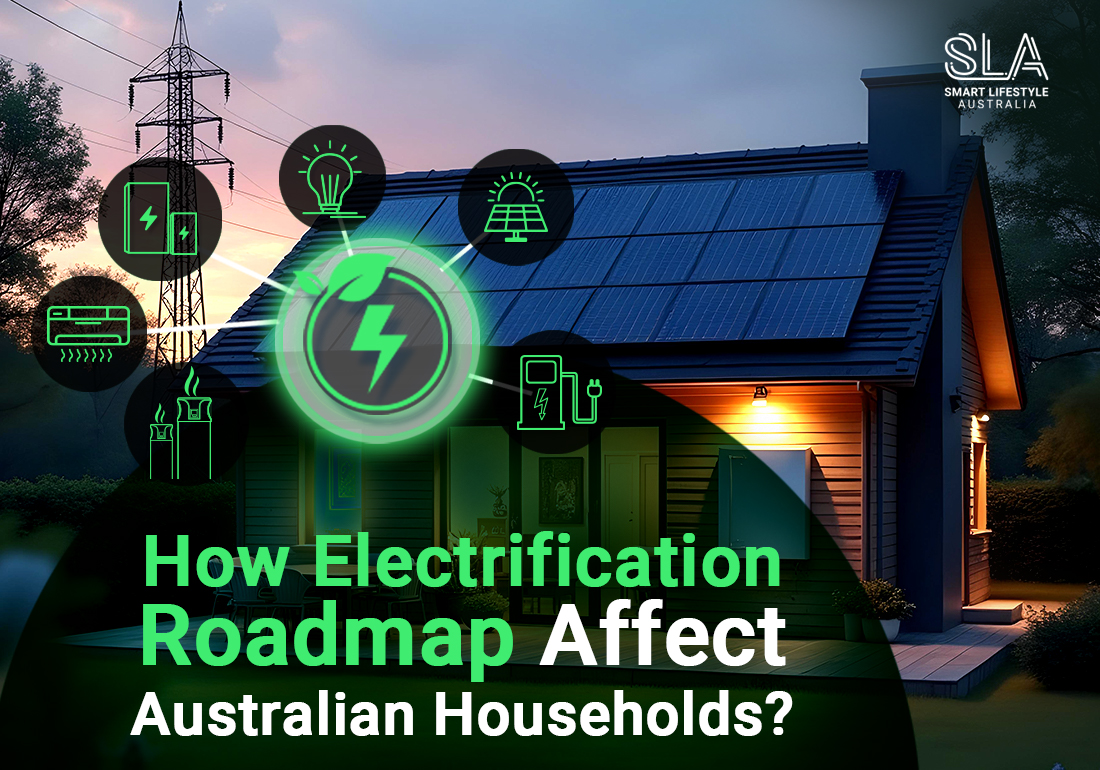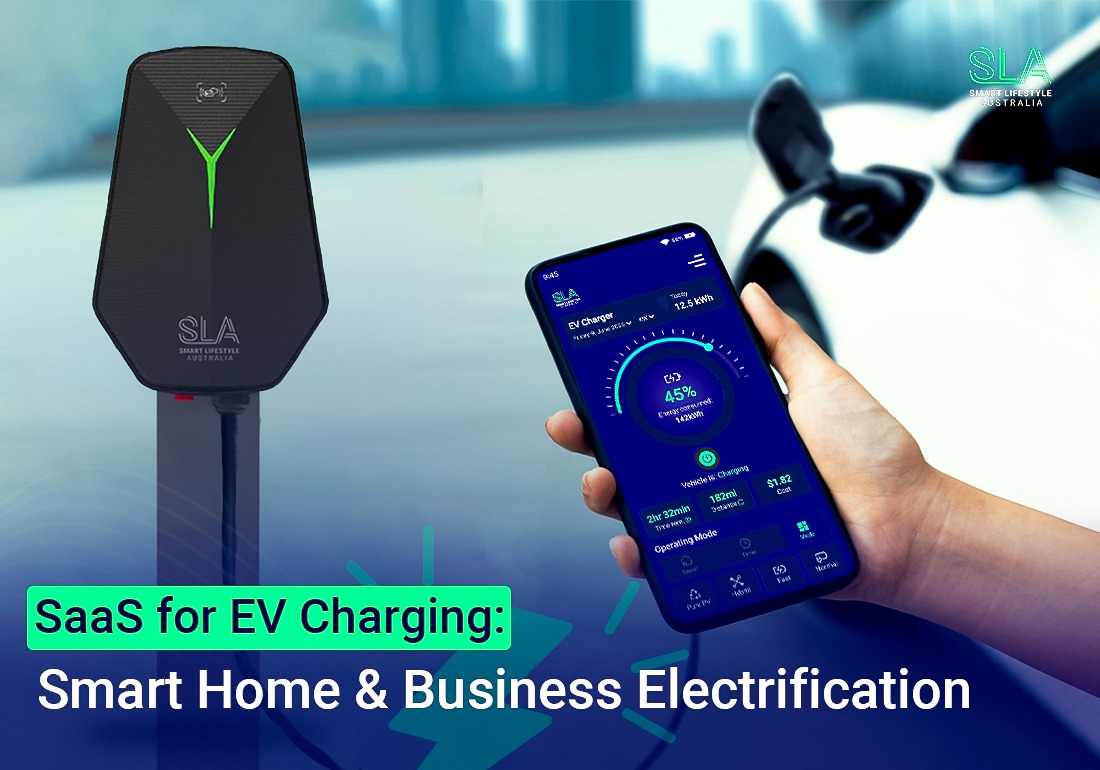Australia is undergoing a significant shift in how energy is produced, delivered, and consumed. At the centre of this transformation lies a national push toward electrification, a movement aimed at replacing fossil fuel-based systems with clean, renewable electricity.
As the Australian Electrification Roadmap gains momentum, it is beginning to impact the everyday lives of households across the country.
From how homes are heated to how families commute, this roadmap is reshaping the domestic landscape in a profound and promising way.
Switching homes to use electricity instead of gas is a crucial part of Australia’s plan to achieve net-zero emissions. This change is being pushed forward by government support, cost savings for households, and growing public interest.
For energy companies, though, this shift brings some challenges. As gas use decreases and more people generate their own electricity, energy bills are likely to decline, and the industry will change.
To stay competitive and succeed, energy businesses must adapt their offerings to meet the evolving needs of their customers.
In the past, home electrification primarily meant using solar panels. However, it now also encompasses items such as home batteries, electric cars and chargers, as well as systems for heating, cooling, and ventilation.
In this blog post:
- Important Energy Tools for Electrifying Australian Homes
- Switching On: Understanding the Australian Electrification Roadmap
- Benefits of Household Electrification in Australia
- Australian Households Electrifying Faster Than Anyone Predicted
- Residential Electrification and the Grid
- Roadmap for Efficient and Electric Homes
- Rewiring the Nation: Upgrading Electricity Infrastructure
- Electricity Generation in a Renewable Future
- National Electric Vehicle Strategy: Transforming Transport
- The Role of Community and Local Government
- The Bigger Picture: Energy Transition and Climate Goals
Important Energy Tools for Electrifying Australian Homes
Solar Panels and Home Batteries
Solar panels and home batteries are essential tools that help make clean energy at home and store it for later use. They help cut down both electricity bills and carbon emissions.
Australia is a global leader in rooftop solar usage, with approximately 30% of standalone homes in the National Electricity Market (NEM) already equipped with solar systems.
Home solar systems are becoming larger as the cost of equipment decreases and electricity prices rise. By 2035, up to 150,000 new systems are expected to be installed annually.
Battery use is still relatively new in Australia today, but it is growing rapidly, with 60% more battery systems expected to be installed in 2025 compared to 2024.
As battery prices fall, electricity prices fluctuate more frequently, and payments for sending power to the grid decrease, as many as 2.2 million homes may start using batteries by 2035.
Electric Vehicles (EVs) and Home Charging Setups
Families can now switch to electric transport, which will reduce emissions as the electricity grid becomes cleaner.
People are buying more electric vehicles, with 87,000 sold in 2025—an increase of 160% from 2024.
Even though more people are buying EVs, fewer than 2% of homes had one in 2023. Still, more households are expected to switch, especially as EV prices become more comparable to those of gas cars and government policies provide support.
Electric vehicles are expected to increase electricity consumption in homes, and among the six main energy upgrades, they are anticipated to have the most significant impact on home electricity use.
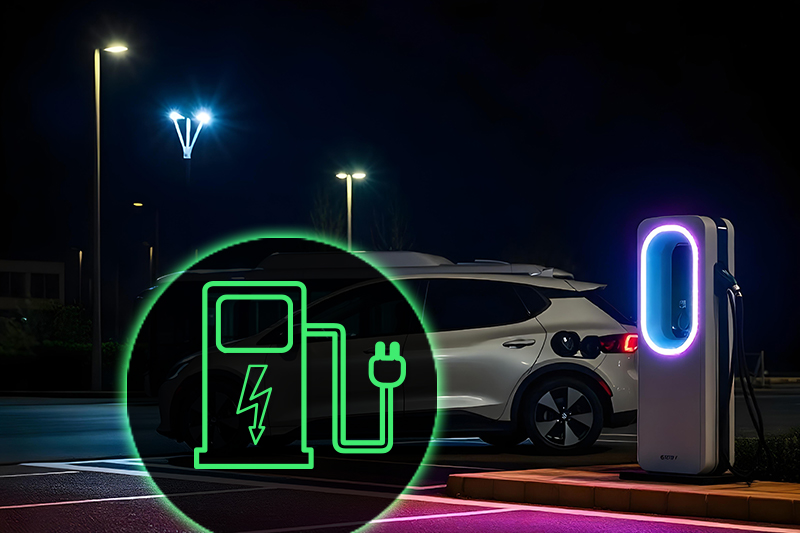
Home Appliances (Heating, Heat Pumps, Cooking)
Replacing gas appliances with better electric ones can lower energy bills for households. Australian homes use approximately 170 petajoules of gas each year, primarily for heating rooms and water.
Heat pumps, which transfer heat instead of generating it, can be three to five times more energy-efficient than gas units, helping families save money.
Although electric options save more energy, the initial cost of purchasing them is usually higher than that of gas appliances, which may deter some people from switching.
Still, switching to electric is expected to result in the installation of 2.8 million hot water systems, 2.8 million space heaters, and 3.1 million electric cooking appliances in the NEM by 2035.
Switching On: Understanding the Australian Electrification Roadmap
The concept of an electrification roadmap isn’t merely about replacing gas stoves with electric ones or installing a few solar panels.
It involves a comprehensive strategy that coordinates policy, infrastructure, technology, and community involvement to decarbonise Australia’s energy consumption.
Initiatives like the Electricity Network Transformation Roadmap, Rewiring the Nation, and Powering Australia are all part of this larger vision.
Australia’s shift is also aligned with the National Energy Performance Strategy and the National Electric Vehicle Strategy, both of which aim to accelerate the adoption of energy-efficient and electric technologies.
Benefits of Household Electrification in Australia
One of the most tangible aspects of this transformation is felt directly in the home. Electrification brings numerous benefits for households:
Lower energy bills: By switching from gas to efficient electric systems, such as induction cooktops, heat pumps, and electric vehicles, households can save money over time.
Improved indoor air quality: Electric appliances produce no indoor combustion pollutants, unlike gas heaters or stoves.
Increased home value: Electrified homes with solar panels, batteries, and EV chargers are increasingly attractive in the property market.
Energy independence: Rooftop solar and home batteries enable households to reduce their reliance on the grid, especially during peak pricing hours or power outages.
Australian Households Electrifying Faster Than Anyone Predicted
Contrary to expectations, Australian households are leading the charge in electrification. Recent data shows that more people are ditching gas in favour of electricity faster than policy-makers anticipated.
Rooftop solar installations and energy storage continue to increase, and the adoption of electric vehicles (EVs) is gaining momentum, despite infrastructure challenges.
Programs and rebates introduced by state governments are further driving adoption. For example, incentives for electric heat pumps and efficient electric appliances have significantly reduced the upfront cost barrier.
Residential Electrification and the Grid
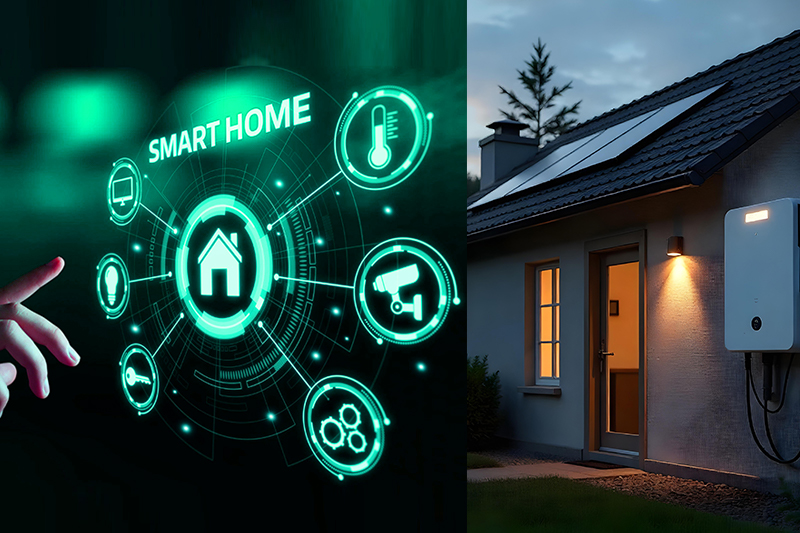
As households switch to electric appliances, the pressure on Australia’s electricity infrastructure also increases. This transition requires a modern, intelligent, and resilient grid. The Electricity Network Transformation Roadmap plays a pivotal role in this regard.
It outlines the required upgrades and innovations to ensure that the electricity network can handle increased demand while incorporating decentralised renewable energy sources, such as rooftop solar and community batteries.
The grid needs to become more interactive, capable of two-way electricity flows. This means households can not only consume but also supply energy back to the grid. Battery storage and smart meters will be critical components of this future.
Roadmap for Efficient and Electric Homes
To guide households through this transition, the Roadmap for Efficient and Electric Homes has been developed. This roadmap provides practical steps for homeowners and renters to electrify their homes cost-effectively and efficiently.
Key recommendations include:
- Replacing gas appliances with electric alternatives
- Installing rooftop solar and battery systems
- Choosing electric vehicles over petrol or diesel cars
- Using smart energy management systems to monitor and optimise energy use
It also provides guidance on improving insulation, sealing air leaks, and using high-efficiency heat pumps for heating and cooling, ensuring that homes not only use electricity but use it wisely.
Rewiring the Nation: Upgrading Electricity Infrastructure
A core element of Australia’s energy transition is the Rewiring the Nation initiative. This federal program invests in modernising transmission lines, expanding inter-connectors between states, and improving access to renewable energy zones.
It ensures that the benefits of renewable electricity can reach more homes, more reliably.
By improving the backbone of the National Electricity Market (NEM), Rewiring the Nation enhances the stability and flexibility of the entire energy system. This is crucial as millions of homes transition to electric heating, cooking, and transport.
Electricity Generation in a Renewable Future
Electrification would be meaningless without clean electricity. Fortunately, Australia is blessed with abundant sun and wind, making renewable energy the cornerstone of the electrification roadmap.
The future of electricity generation will rely heavily on solar, wind, hydro, and eventually green hydrogen.
As fossil fuel power stations retire, new solar farms, offshore and onshore wind projects, and energy storage systems are stepping in to fill the gap.
The goal is to ensure that electrified households are not simply shifting emissions from gas to coal, but actually contributing to a cleaner, more sustainable grid.
National Electric Vehicle Strategy: Transforming Transport
Transport is another area undergoing rapid electrification. The National Electric Vehicle Strategy aims to increase electric vehicle (EV) adoption by enhancing charging infrastructure, lowering upfront costs, and implementing fuel efficiency standards.
As EVs become more common, households can expect:
- Lower running and maintenance costs
- Reduced greenhouse gas emissions
- Integration with home energy systems for smarter charging and storage
Some forward-thinking homes already allow their electric vehicles (EVs) to act as battery storage, feeding electricity back into the grid during periods of peak demand.
Overcoming Challenges in the Energy Transition
Despite its promise, the electrification journey isn’t without hurdles.
Key challenges include:
Upfront costs: Even with rebates, the transition to electric appliances and vehicles can be expensive for some households.
Rental market barriers: Renters often have little control over appliance upgrades or solar installations.
Workforce readiness: The demand for electricians, installers, and technicians is growing faster than the supply can meet.
Grid bottlenecks: In some areas, the electricity infrastructure isn’t ready to handle new demand without significant upgrades.
Policymakers are aware of these obstacles and are incorporating solutions into broader strategies, such as the National Energy Performance Strategy and the Electricity Infrastructure Roadmap.
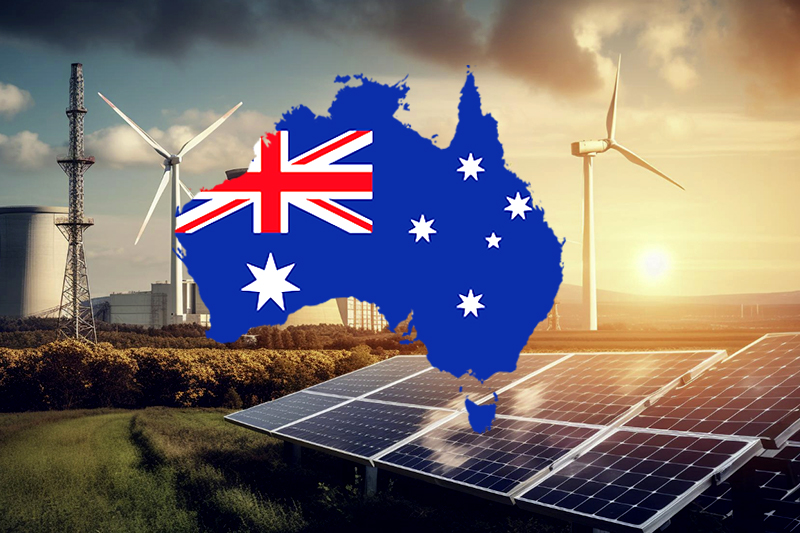
The Role of Community and Local Government
Local governments and community organisations are key drivers of household electrification. From community battery trials to bulk-buy solar programs and local electric vehicle (EV) charging networks, these initiatives help ensure the benefits of electrification are accessible to all.
Some councils are working with developers to ensure new housing developments are fully electric from the start—no gas connections, solar-ready roofs, and EV chargers built in.
The Bigger Picture: Energy Transition and Climate Goals
The electrification of households is more than a technological shift—it’s a cornerstone of Australia’s broader climate strategy.
By transitioning to electric systems powered by renewables, Australia can significantly reduce emissions in the residential sector, which accounts for approximately 11% of national emissions.
This transition also enhances energy security, reduces reliance on imported fuels, and builds resilience in the face of climate-related disruptions. Electrification is not just a household issue—it’s a national opportunity.
Australia is at a turning point. As the Australian Electrification Roadmap unfolds, households are not just passive recipients of change—they are becoming active participants in a cleaner, smarter, and more resilient energy system.
From electric vehicles to heat pumps, solar panels to smart meters, the transformation is already underway.
And while challenges remain, the benefits—for households, communities, and the planet—are too compelling to ignore. Electrification isn’t just the future. It’s already here, and it’s lighting up homes across the country in more ways than one.
Contact Smart Lifestyle Australia to get the best electric products! Or get a free quote.

